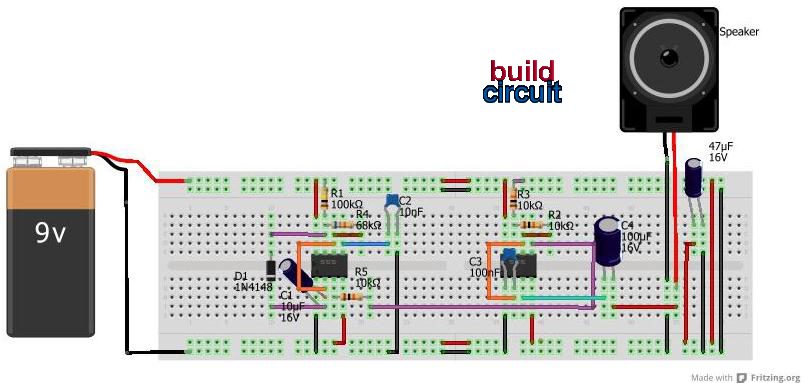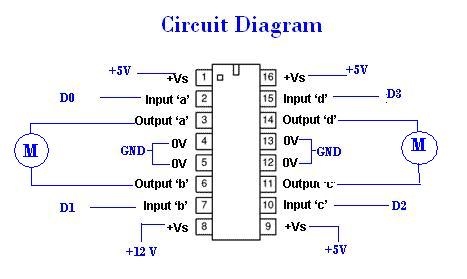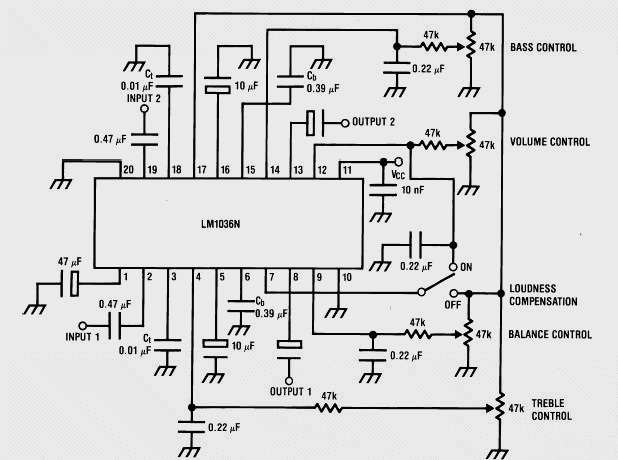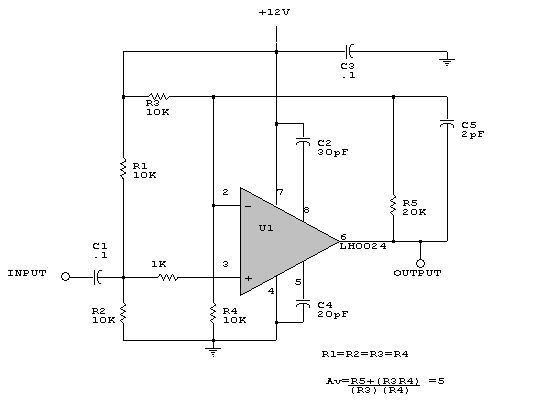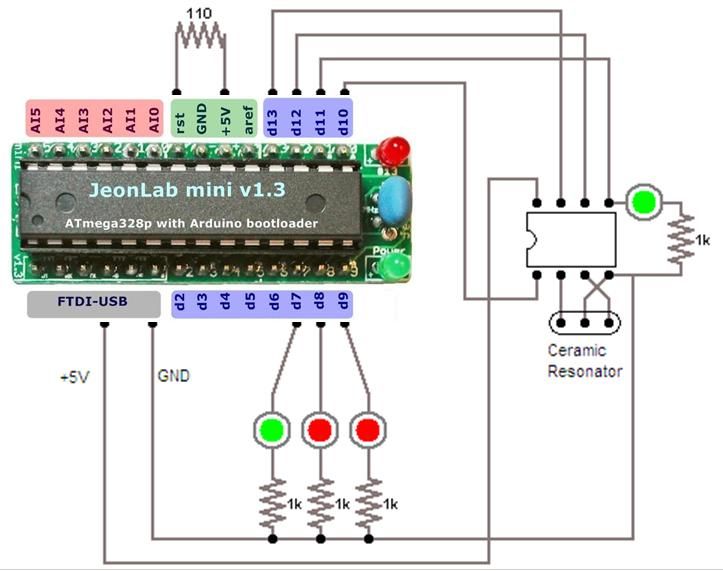
FSK Demodulator Using LM565

The FSK demodulator is an electronic device that converts the FSK signal into a serial digital signal. FSK modulation is utilized to transmit digital serial data.
The FSK (Frequency Shift Keying) demodulator serves a critical function in digital communication systems by translating frequency-modulated signals back into their original digital form. It operates by detecting the frequency variations of the incoming signal, which correspond to binary data. The demodulator typically includes several key components such as bandpass filters, phase-locked loops (PLLs), and comparators.
In a typical application, the incoming FSK signal is first passed through a bandpass filter, which isolates the frequency components of interest while attenuating unwanted noise and interference. The filtered signal is then processed by a phase-locked loop, which tracks the frequency shifts and maintains synchronization with the incoming data stream. The PLL generates a reference signal that is phase-aligned with the incoming FSK signal, allowing for accurate detection of the frequency changes.
After synchronization is achieved, the output of the PLL is fed into a comparator circuit. The comparator compares the phase of the reference signal with the incoming signal, generating a binary output that represents the original digital data. This output can then be further processed or transmitted as needed.
FSK demodulators can be implemented in both analog and digital forms, with digital implementations often providing greater accuracy and flexibility. They are widely used in various applications, including wireless communication systems, data modems, and telemetry systems, where reliable transmission of digital data over radio frequencies is essential.The FSK demodulator is the electronics device that converts the FSK signal to serial digital signal. To transmit digital serial data we use FSK modulation and.. 🔗 External reference
The FSK (Frequency Shift Keying) demodulator serves a critical function in digital communication systems by translating frequency-modulated signals back into their original digital form. It operates by detecting the frequency variations of the incoming signal, which correspond to binary data. The demodulator typically includes several key components such as bandpass filters, phase-locked loops (PLLs), and comparators.
In a typical application, the incoming FSK signal is first passed through a bandpass filter, which isolates the frequency components of interest while attenuating unwanted noise and interference. The filtered signal is then processed by a phase-locked loop, which tracks the frequency shifts and maintains synchronization with the incoming data stream. The PLL generates a reference signal that is phase-aligned with the incoming FSK signal, allowing for accurate detection of the frequency changes.
After synchronization is achieved, the output of the PLL is fed into a comparator circuit. The comparator compares the phase of the reference signal with the incoming signal, generating a binary output that represents the original digital data. This output can then be further processed or transmitted as needed.
FSK demodulators can be implemented in both analog and digital forms, with digital implementations often providing greater accuracy and flexibility. They are widely used in various applications, including wireless communication systems, data modems, and telemetry systems, where reliable transmission of digital data over radio frequencies is essential.The FSK demodulator is the electronics device that converts the FSK signal to serial digital signal. To transmit digital serial data we use FSK modulation and.. 🔗 External reference
